A tourist guide on how to make the most of your day trip from Tokyo to Nikko and see all the tourist attractions.
Nikko (日光) might just be the most rewarding day trip you can take from Tokyo. The quiet little town in the north of the Kantō region is home to stunning landscape, ancient UNESCO World Heritage sites, and of course a famous Onsen (hot spring).
Both the Nikko National Park and the shrines dedicated to Tokugawa Ieyasu are the main reason why hundred thousands of tourists visit the town of about 85.000 inhabitants in the Tochigi Prefecture each year. They are one of the top things to do in Japan (<- check my guide to see the rest!)
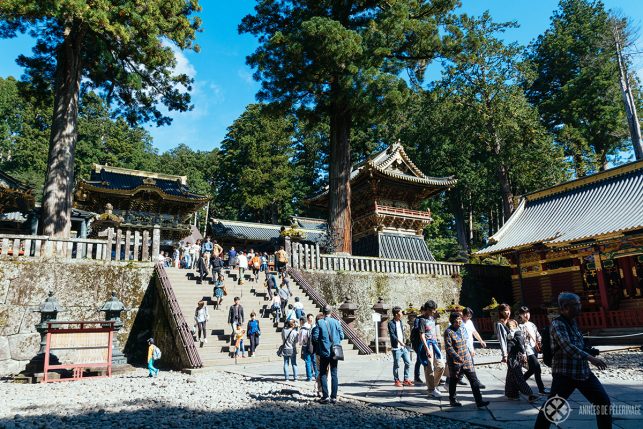
The train from Tokyo to Nikko will take about 2 hours one way, so if you don’t want to stay overnight it means you have to rise up verrry early to see the main highlights. As I urge you to consider staying a night or two (check out my Japan itinerary to see how you can make it work), I compiled a list of the best things to do in Nikko. Enjoy!
Note: Still looking for the perfect hardcover Japan guide? Check out my list of the best Japan travel books here.
1. Toshogu Shrine
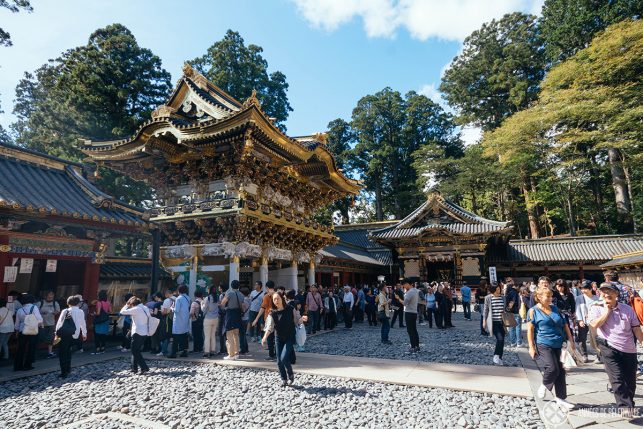
Toshogu Shrine (東照宮) is one of the most famous temples in Japan. It is the mausoleum of Tokugawa Ieyasu who founded the Tokugawa Shogunate in 1600 and which would rule a united Japan for 268 years.
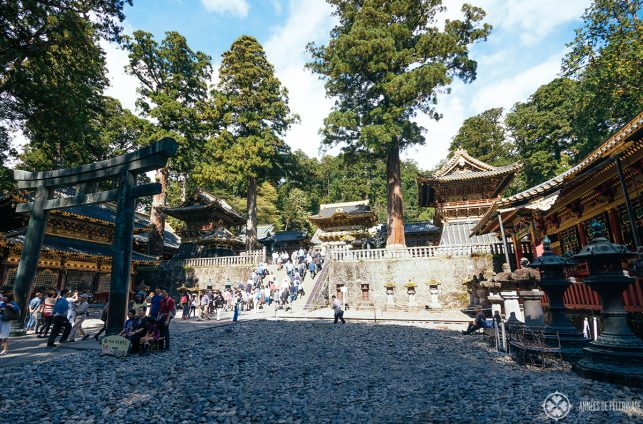
The shrine is world-renowned for its intricate wood carvings and colorful exteriors. Impressive lacquer work adorns every nook and cranny. The best part: The whole UNESCO World Heritage site has been renovated recently, so you are able to see it all in pristine shape now.
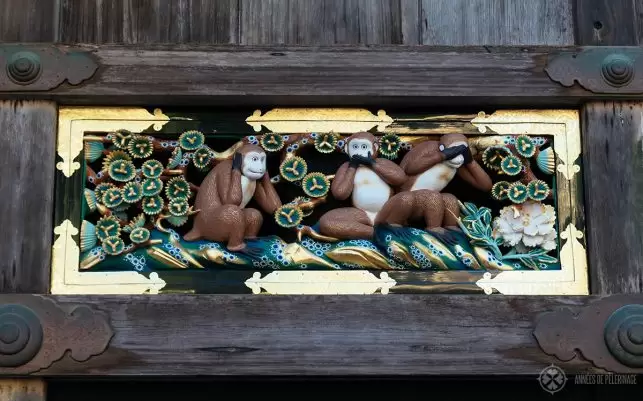
Definitely, make sure to stop by at the three wise monkeys “See no evil, speak no evil and hear no evil”. While most of us use these emojis on a daily basis, it all started here at Toshogu Shrine. And there you were wondering what to see in Nikko, eh?
2. Shinkyo Bridge
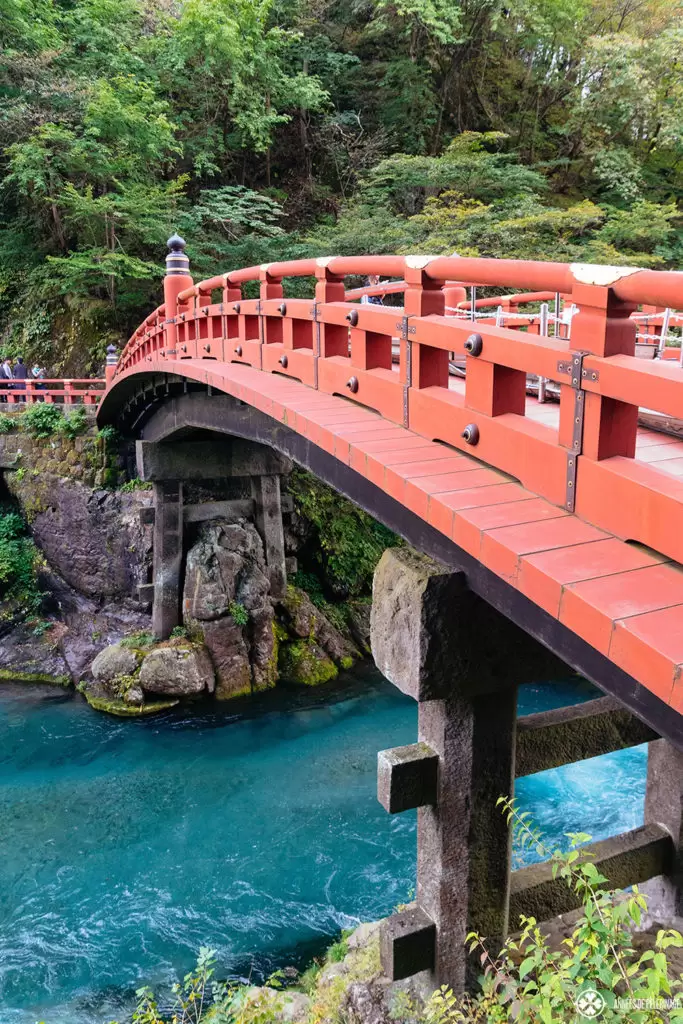
Leave it to the Japanese to turn bridge building into a form of art. Shinkyo Bridge in the heart of Nikko is a prime example of traditional Japanese temple bridges and there is no way around visiting. For a small fee, you can enter the bridge, but in my opinion, it’s best viewed from afar.
3. Taiyuinbyo
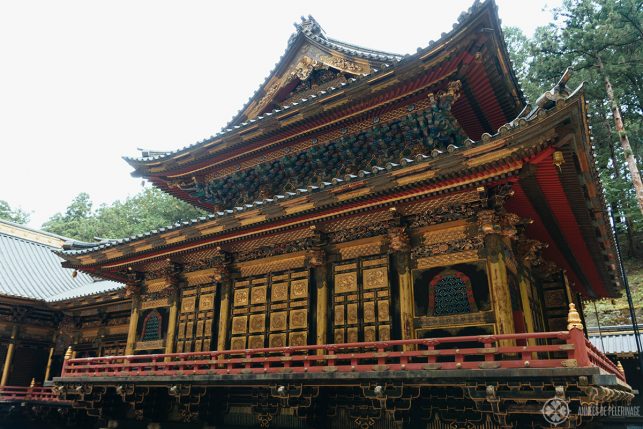
The Taiyūinbyō (大院廟) is another Tokugawa mausoleum in Nikko. This one enshrines Ieyasu’s grandson and later Shogun Iemitsu in golden splendor. Personally speaking, I liked this shrine even more than the Toshogu. It’s quieter and in a way more refined.
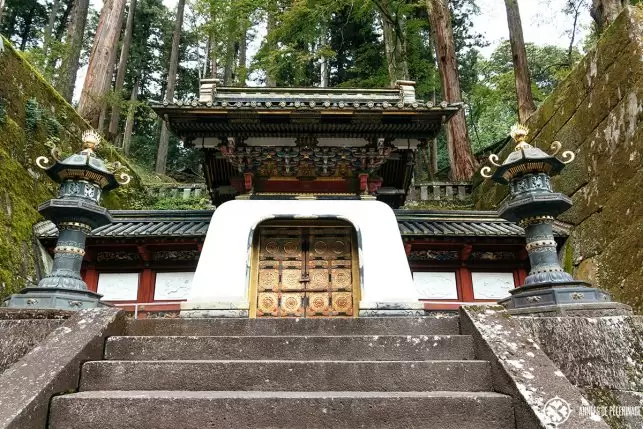
An intentional feature as Iemitsu didn’t want to outdo his grandfather and founder. Take your time on the ground and make sure to visit the inside of the main hall (Honden) in a small prayer.
4. Tomozawa Villa
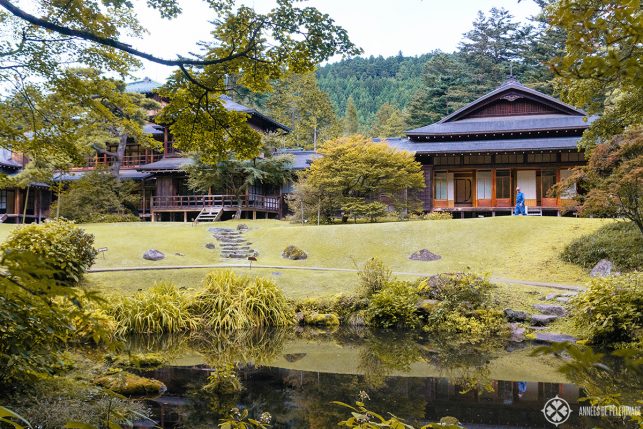
Nikko has always been a special place favored among rich merchants, the shogunate but also the aristocracy. So perhaps it comes as no surprise that there is an imperial villa to see here as well.
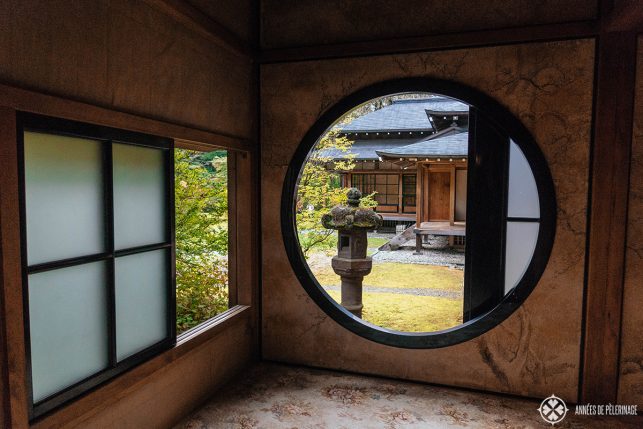
The Tomozawa Imperial Villa is one of the largest remaining traditional wooden buildings in Japan and certainly offers you the unique opportunity to catch a rare glimpse into the imperial day to day life. Something that is sadly not possible on your tour through the imperial palace in Tokyo.
The Tomozawa Imperial Villa lies on the so-called Kanman Path that loosely follows the Daiya River. If you got the time, you might want to follow it to its end. Various smaller prayer sites and landmarks (like some monuments to Matsuo Basho) can be seen along its meandering path. At the very far end, there is even a small waterfall (Urami no Taki).
5. Kegon Falls
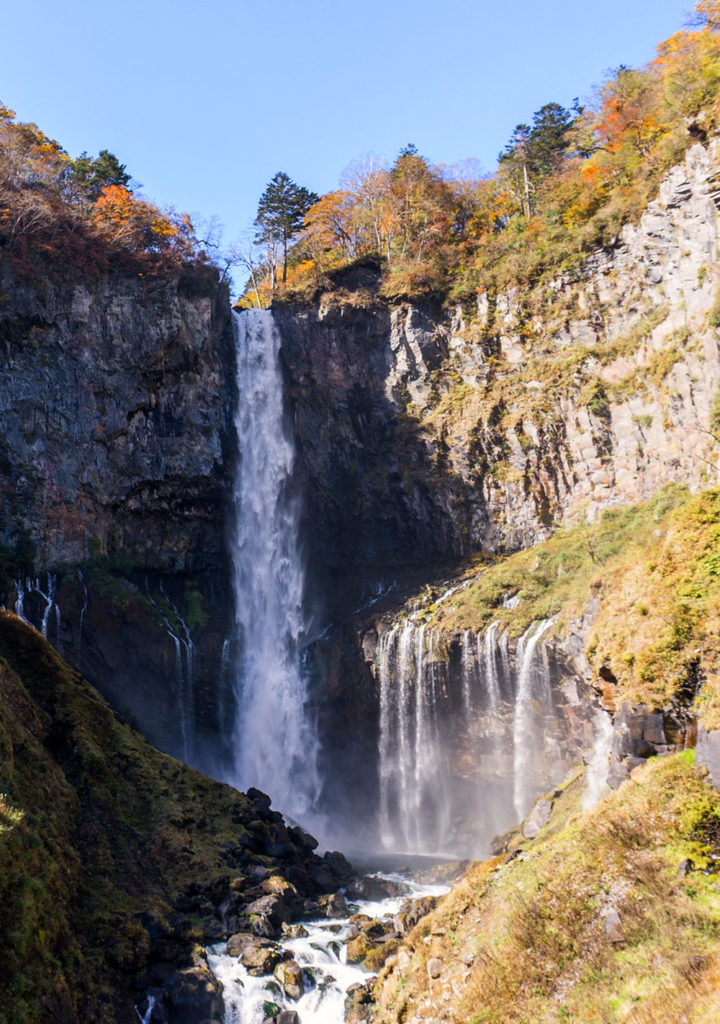
Nikko is split into two parts: Nikko & the Nikko National Park and Okunikko (‘Inner Nikko’), which lies in the mountainous region further to the west. Okunikko is famed as one of the best spots in Japan to observe the fall foliage and also some of the most beautiful waterfalls, so you should definitely put it on your list of things to do in Nikko.
One of the main reasons to take the bus to Okunnikko (takes about 40 minutes) are the famous Kegon Falls (華厳滝 Kegon Taki). They are frequently ranked as the 3rd most beautiful waterfalls in Japan and obviously, you really have to visit!
6. Lake Chuzenzji
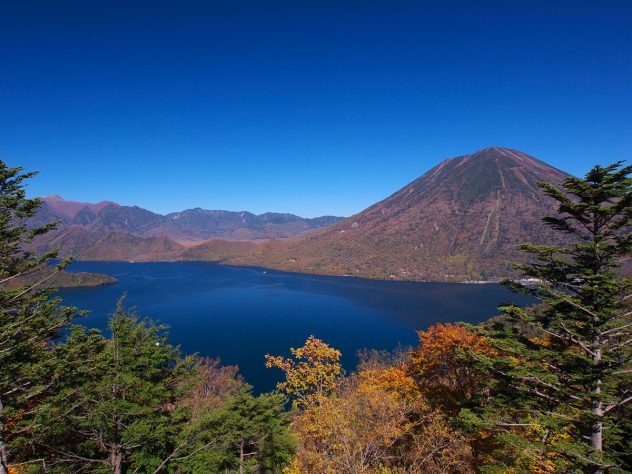
Not far from Kegon Falls and on the same bus line you will find the beautiful Lake Chuzenji (中禅寺湖 Chūzenji-ko). There is probably no better place to enjoy the fall foliage than lake Chuzenji.
But walking along the shores is not only beautiful in mid-October. The town of Chuzenjiko Onsen has always been a favorite summer retreat of foreign embassies, as the temperatures are considerably cooler here than in the capital Tokyo.
7. Rinnoji Temple
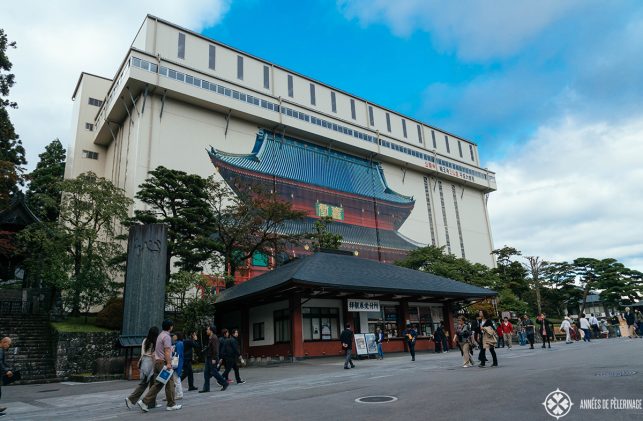
Rinnoji (輪王寺) is the oldest and most important Buddhist temple in Nikko. The first temple was build in 766 AD and quickly established the remote Nikko as a religious site. Sadly, the temple was being renovated until March 2019, so I couldn’t take proper pictures for you on my last visit!
8. Kaizando & the mountain trails
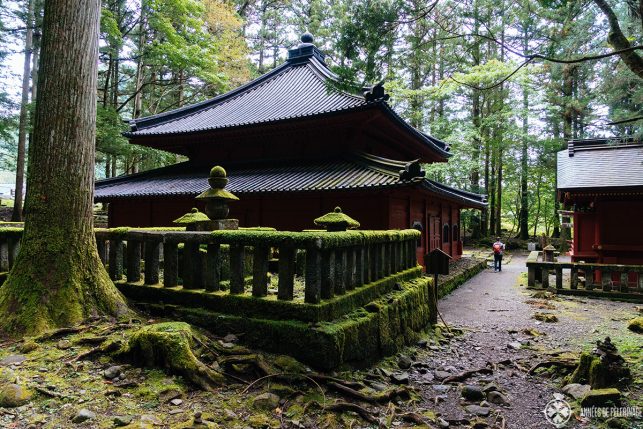
To those tourists with a little more time, I recommend visiting the Kaizando. Nikko can be incredibly crowded (especially in autumn) and the trails leading up the mountain behind the Toshogu shrine can be quite rewarding. The path is quite famous among Buddhist and is known as Takino’o Kodo.
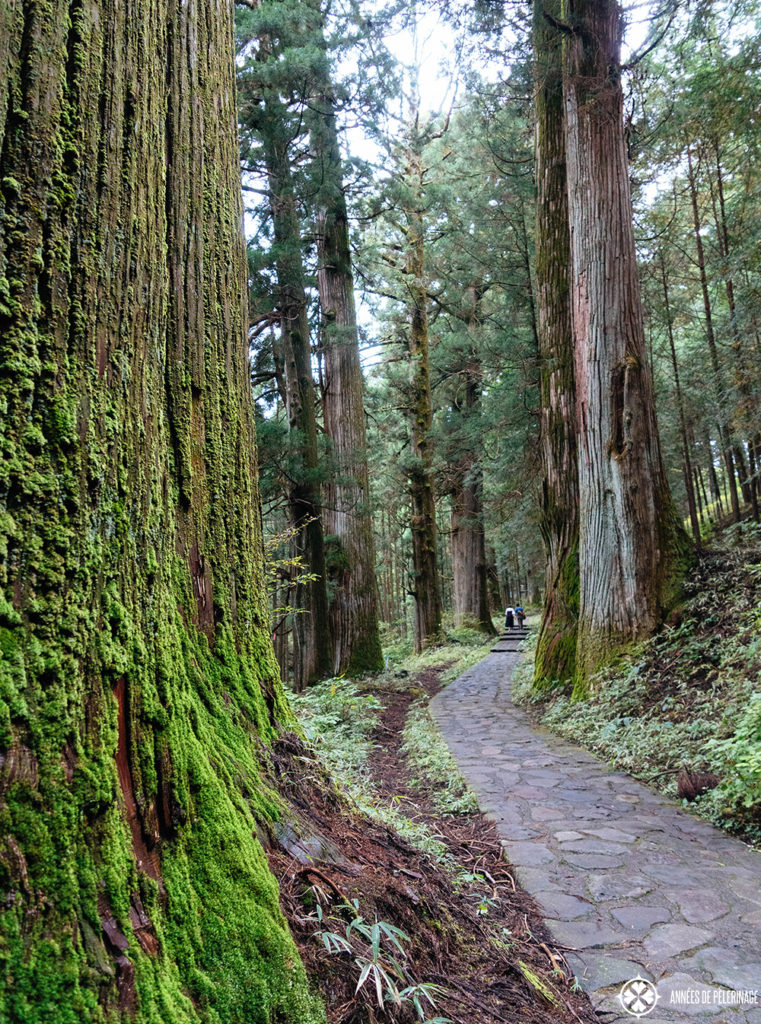
You will not only pass by the Kaizando, where the famous Buddhist monk Shodo Shonin is buried but also a small Inari shrine at the top and even a little artificial waterfall. Best of all: The whole trail is lined by ancient cedar trees. It pretty much feels like a shrine to nature!
9. Futarasan Shrine
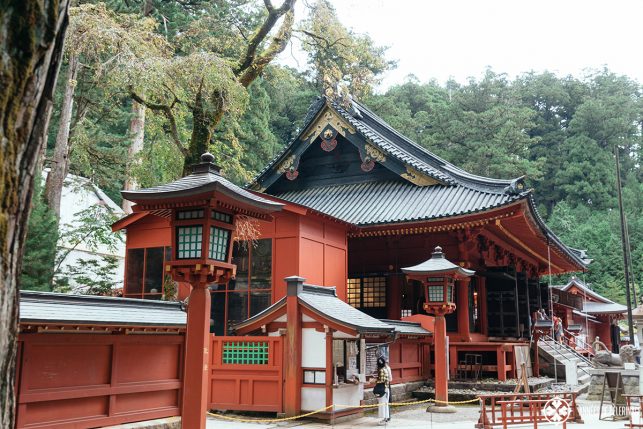
And talking about Shodo Shonin. Shodo was the monk who introduced Buddhism to Nikko and consequently founded a temple in 792 AD now called Futarasan Shrine (二荒山神社). As it stands right next to the Toshogu shrine, you should put it on your list of things to do in Nikko.
10. Ryuzu no Taki
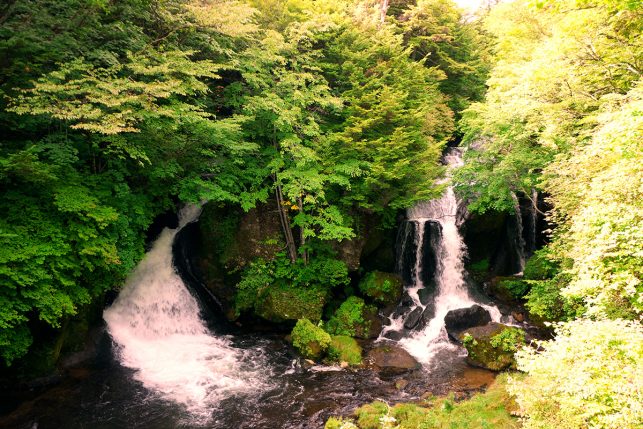
There are quite a lot of smaller temples and religious burial sites in Nikko, but that doesn’t mean you should be ignoring the wonderful nature all around. Ryūzu Falls ((龍頭滝) is one of the most beautiful twin waterfalls you could ever imagine. It’s a bit further up east on the shore of Lake Chuzenzjii but totally worth a visit!
What to see in Nikko when time is short?
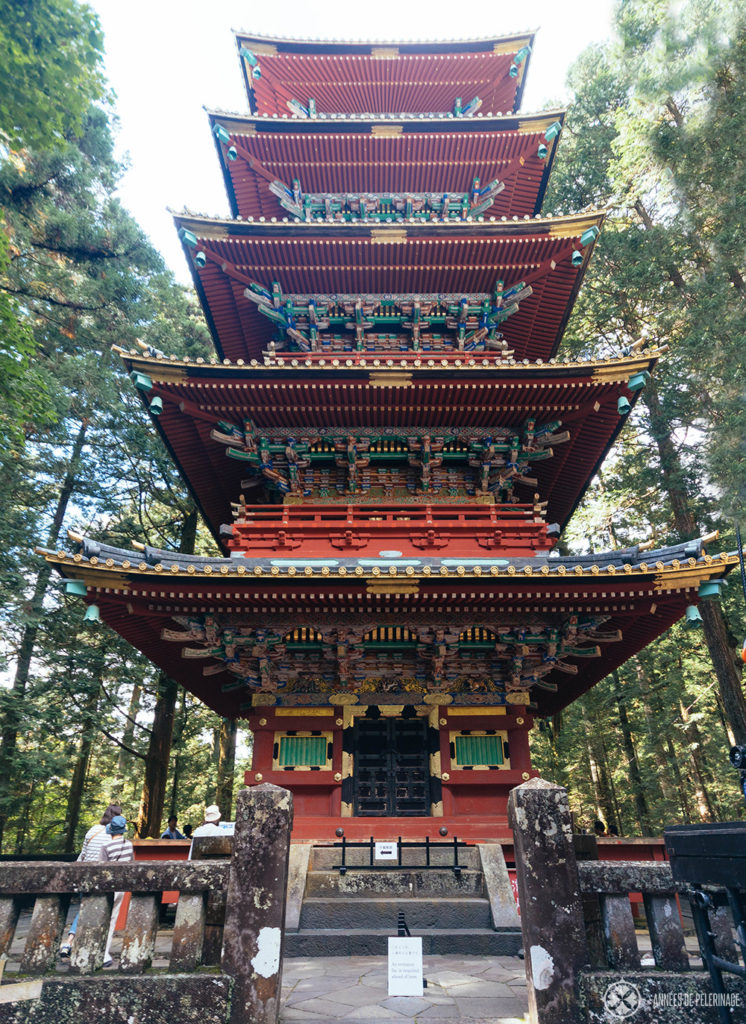
The list above is quite extensive and you will need two full days to see it all. Also, remember that for most temples 4:30 pm is the last admission time! That being said, if you start around 10 am at the Shinkyo Bridge, you can pretty much explore the whole Nikko National Park (the Takino-o Path).
If you hurry, you could possibly even squeeze in the Tamozawa Imperial Villa at the very end, but seeing the whole Kanman Path as well is probably impossible. As most foreign tourists are probably less interested in seeing the monument to one of Matsuo Basho’s famous poems, that is probably no big deal anyhow.
You will not be able to see Kegon falls AND Nikko National Park in one day. If you start out really early, you might be able to see Toshogu Shrine and Kegon falls, but I’m not sure if this is a smart move. All locals I spoke with agreed that you should either do Lake Chuzenji or Nikko National Park.
Both are beautiful and in a way, you might want to base your decision on the weather in Nikko. On a beautiful day in autumn, walking around the red-golden hills of Okunikko might be the better option.
Nikko National Park & All Nikko Pass
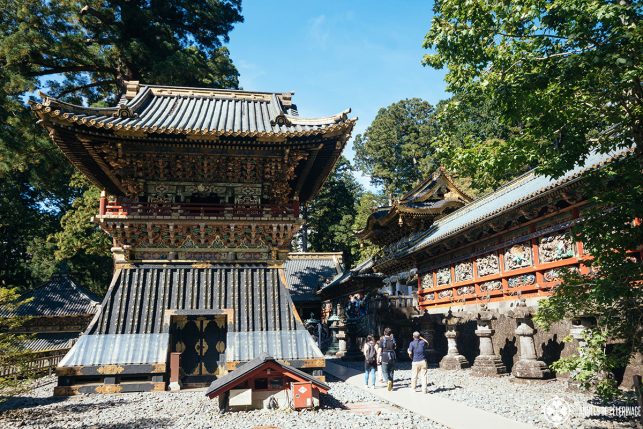
Most temples in Nikko National Park have an entrance fee. There is NO tourist pass that gives you access to all of these. There is, however, the All Nikko Pass which gives you unlimited access to various bus networks.
Do you need it? The temples and landmarks in Nikko National Park are located right next to each other. While there is a bus connecting them, it is not needed and I’d recommend you to explore it on foot. You only need it to get from the train station to Shinkyo Bridge. This is covered by the World Heritage Sightseeing Pass and costs 500 Yen per adult.
If you are staying more than one day, you would want to get the All Nikko Pass, as Kegon Falls and Okunikko is quite far away from the central area. With this pass, you get discounts at some restaurants and a couple of attractions as well. If you are arriving with a JR Pass then you don’t need the All Nikko Pass, but probably the Cuzenji Onsen Free Pass (depending on what you want to see in Nikko).
From Tokyo to Nikko by train
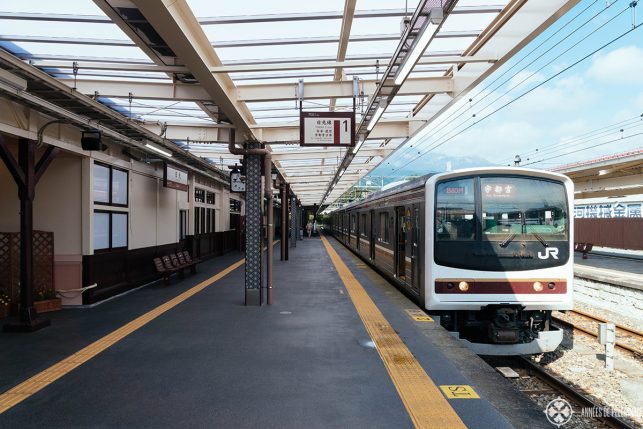
Nikko is easily accessible from Tokyo by train. As Nikko is located a bit further up in the mountains, there is no direct Shinkansen (high-speed train) connection. You got three easy options to reach Nikko and all take about two hours, but only one is covered by your Japan Rail Pass. All leave once or twice per hour, which leaves you plenty of options to get there no matter where you stay in Tokyo and no matter when you want to depart.
If Nikko is your first stop in your Japan itinerary, you might want to know that there are direct highway buses from Narita Airport to Nikko. These will take about 3.5 hours, costs 4,500 Yen. That being said, taking the train is probably faster, more comfortable and about the same price.
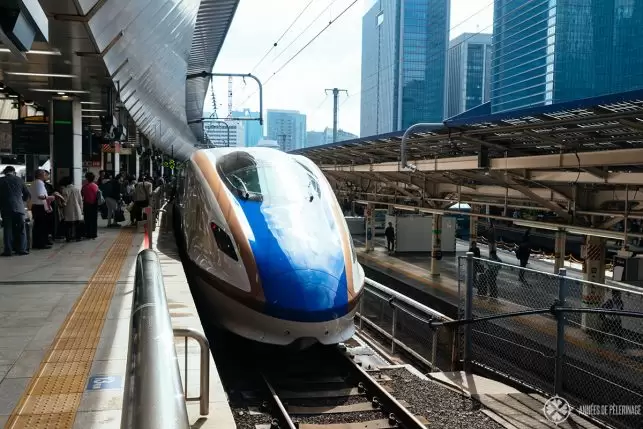
From Tokyo to Nikko (JR Pass)
All holders of a JR Pass will probably want to make the most of it. The fastest and easiest way to Nikko with a JR Pass is from Tokyo Station or Ueno. Here’s how you do it:
- Take the Yamabiko Shinkansen to Utsunomiya
- Take the JR Nikko Line from Utsunomiya to Nikko
This route will take you about two hours and you will end up at the JR Nikko station. There are two train stations is Nikko, but both are very well connected to the local bus network and are only 5 minutes apart anyway.
The best way to look up the JR Nikko line timetable in English is HyperDia. I’d bookmark this site at once or even download their app.
From Shinjuku to Nikko (JR Pass)
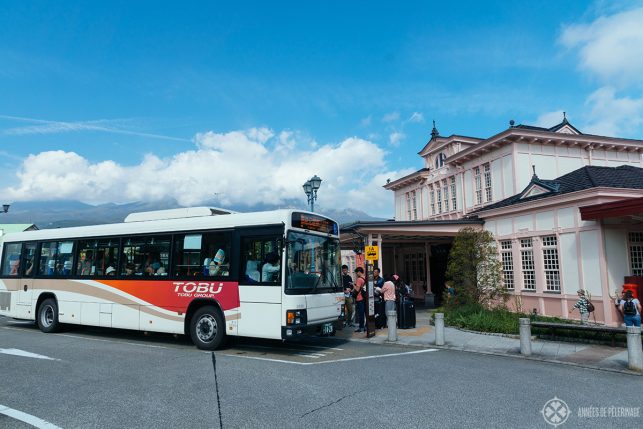
There is a direct limited express train from JR Shinjuku Station to Tobu Nikko station. But the train does use the Tobu Railway network so your standard Japan Rail pass will not cover all the expenses. The limited express train only has reserved seats, so you would have to drop by at a ticket office anyhow.
This options also takes about 2 hours and costs around 4,000 Yen. The big advantage is not having to change trains in Utsunomiya (it’s a very small station, though).
From Asakusa Station to Nikko
There are frequent trains from Asakusa Station to the Tobu Nikko Station. You can choose between the limited express (fast + expensive) or the local trains (slow + cheap). Both are run by Tobu Nikko lines. While your JR Pass does not cover this connection, Tobu is offering a couple of passes which also include the use of most of the buses in Nikko. So, even if you have to JR Pass, this could be an option for you.
Day trip from Tokyo to Nikko
I’ve seen a lot of people asking about visiting Nikko on a day trip from Tokyo. While it is possible, I do not recommend it. The trip from either Shinjuku or Tokyo station takes about 2 hours, and that doesn’t include any transfers you need from your hotel in Tokyo to these stations, nor from Nikko stations to the UNESCO World Heritage sites or the Nikko national park.
If you rise up very early and leave quite late, it’s doable, but as there is so much to see in Nikko, I actually recommend you to stay a night or possibly even two! If you are looking for some other day trip options from Tokyo, check out this guide!
Nikko hotels & traditional ryokans
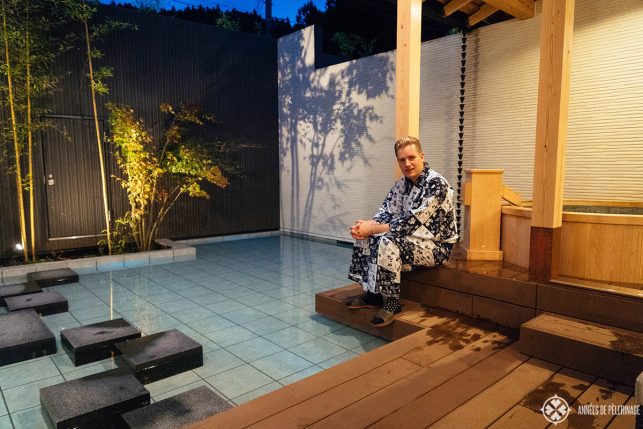
Note: I earn a small commission from the hotel links in this article. All recommendations are genuinely based on non-sponsored stays.
Where to stay in Nikko is not an easy answer. Especially in autumn, accommodations can be quite expensive, doubly so, if you pick a traditional Ryokan (=guesthouse with half board + spa). As there is a good bus network and a lot of hotels and Ryokans actually offer a free shuttle bus, it really does not matter all that much where you stay around Nikko National Park.
A word of warning tho: Nikko is an incredibly popular destination among Japanese tourist. If you are visiting during a national holiday or during the fall foliage you can expect severe traffic jams. So severe, that walking will be waaaay faster than taking the bus and visiting Lake Chuzenzji area is close to impossible (3 hours instead of 45 mins).
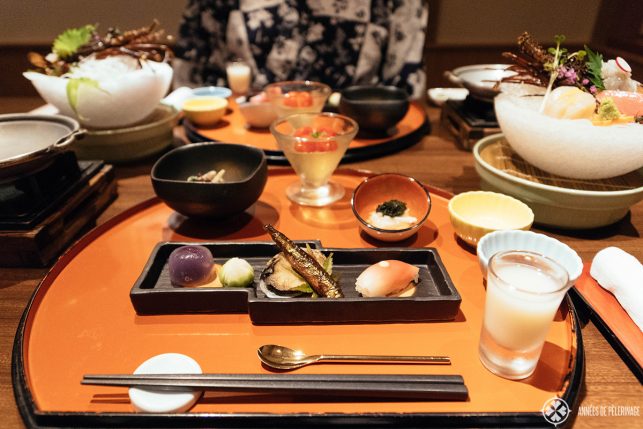
That being said, I’d urge you to stay at a traditional Ryokan with a good onsen. Nikko is not a big city and there is little in the way of evening entertainment. While there are plenty of Japanese restaurants in Nikko (don’t forget to try Yuba while you are there!!), nothing beats a traditional multi-course Kaiseki dinner at a Ryokan.
Plus, most Ryokans will have an onsen (hot spring) where you can relax after a long day walking all around Nikko. Most Ryokans will be considerably more expensive than a standard hotel, but do realize that an exceptional breakfast and dinner will be included in the fare, as well as a lot of in-room amenities (starting from a yukata, toothbrush, toiletries, tea & coffee, etc) and of course the hot spring /spa.
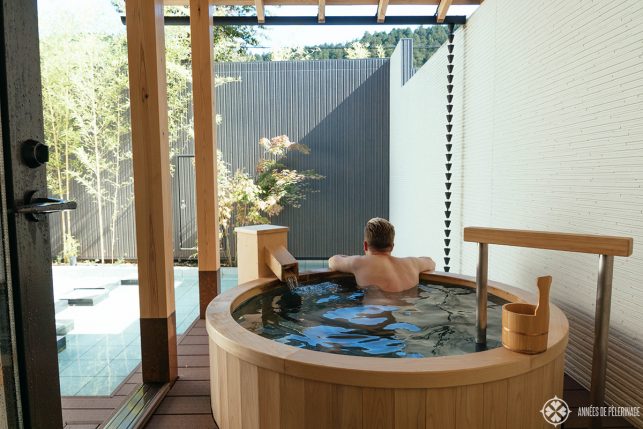
Personally, I stayed at the Okunoin Hotel Tokugawa. It’s a bit further up the river, but as they got a complimentary shuttle bus this actually comes as a bonus. They got a beautiful onsen, but also a couple of rooms with their private hot tub (I can warmly recommend these, see picture above).
The dinner and breakfast were fantastic and one of the best I had in Japan. The staff was well versed in English and beyond helpful. They even helped us plan out our day.
Here is a direct link to booking.com for your convenience
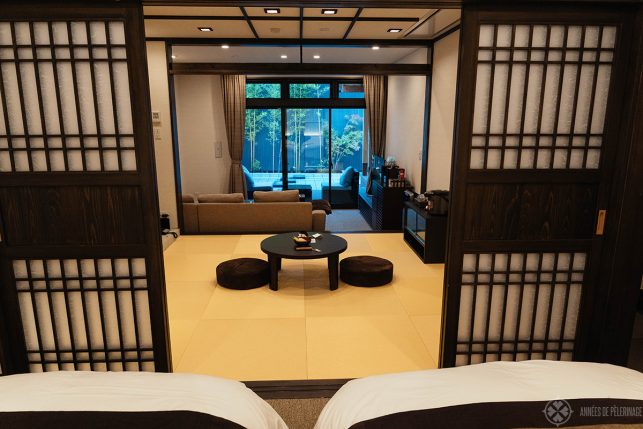
Last but not least, do remember to book your hotels in Nikko at least 6 months in advance. As I said, it’s incredibly popular among locals and the good properties sell out very quickly. Remember, Nikko is popular during cherry blossom view, in summer as an escape from the heat in Tokyo and then in autumn. Obviously, that doesn’t mean all hotels will be sold out during your stay, just the good properties *wink*.
Last, but certainly not least, don’t forget to check out my detailed Japan packing list. You will do quite a lot of walking in Nikko and it’s a good idea to be prepared!
So, that’s it. This was my travel guide to all the things to do in Nikko. Got any questions? Ask them in the comments below. And don’t forget to pin this to your Pinterest board!
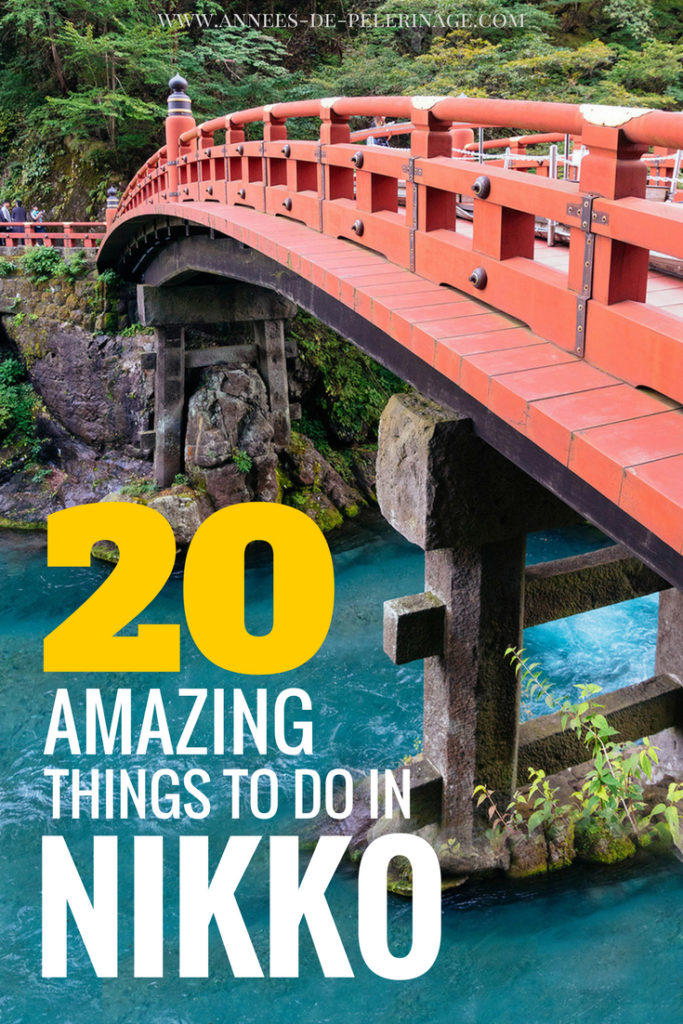
Picture credits: elminium, Kentaro Ohno


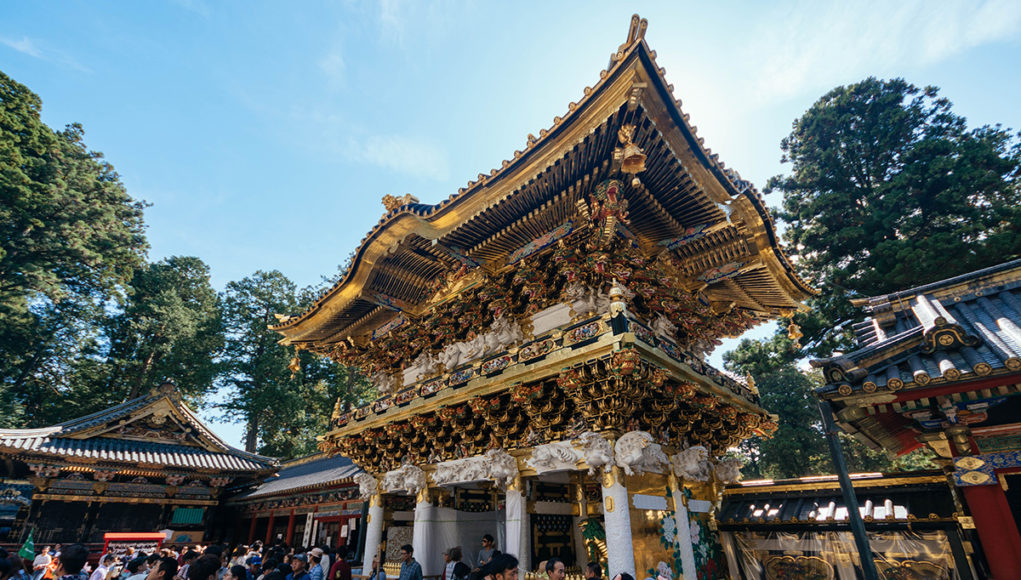
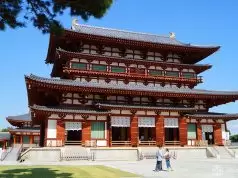
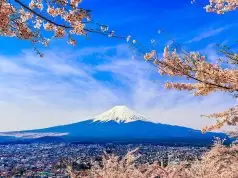
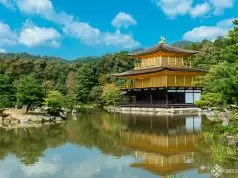


I found your article very helpful for my 1 day visit
to Nikko.
I will be visiting Nikko May 3 during Golden Week.
I will be purchasing both Tokyo Wide and Nikko Passes.
Did you do the Lake Chuzenji Boat Cruise?
I will follow your suggestions for Kamakura also.
Thanks in advance!
Hey Calvin,
glad I could help you plan your trip to Japan. No, i did not do the boat cruise.
hi :) bross :)
i am from Italy hello. Can you help me translate? /rardor